
Tony Carmean / Aerial MOB LLC / AP
This image shows the eight-rotor Sky Jib Helicopter in San Diego, Calif., in August 2013.
Monday, Dec. 15, 2014 | 2 a.m.
Drones are bringing science-fiction technology to Southern Nevadans’ fingertips.
But the new frontier of unmanned aerial systems comes with a host of questions, namely: What can and can’t you do if you own your own flyer?
While the term “drone” is used as a catch-all in the aviation community, it’s not listed anywhere in the Federal Aviation Administration’s rulebook. That doesn’t mean there aren’t laws for flying the devices. Here’s a look at what you need to know if you own a drone:
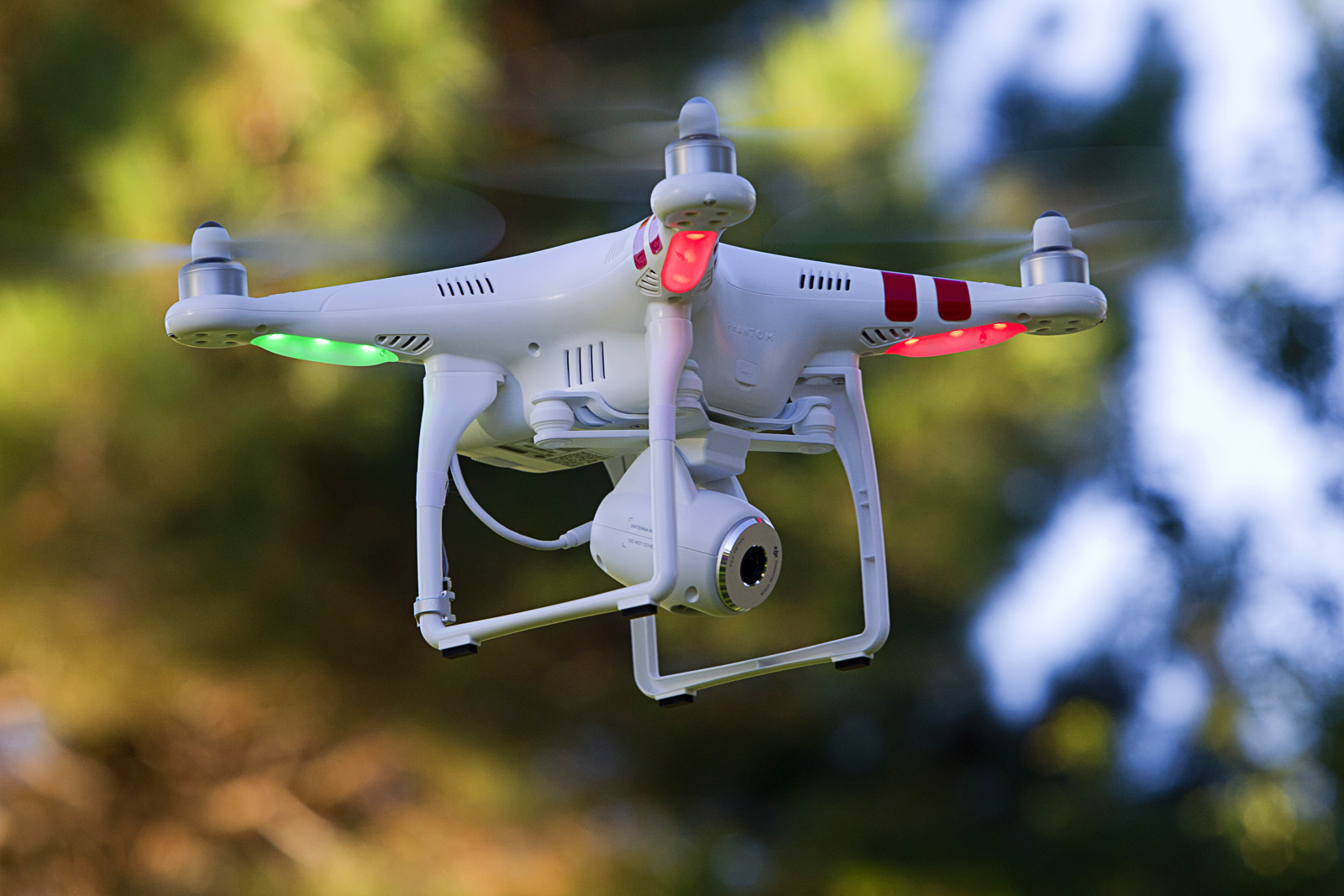
Steve Marcus
The Rules
OUTDOORS
VisibilityThe drone must fly within the operator’s line of sight.
HeightThe drone can’t fly higher than 400 feet above the ground.
TimeDrones can fly only during the day.
BoundariesOperators cannot fly drones within 5 miles of any airport, heliport, seaplane base, spaceport or other aviation area. Occasionally, exceptions can be made with permission from airport officials and air traffic controllers.
WeightDrones flown by the public can’t exceed 55 pounds.
ProximityDrones cannot be flown over people. That means every time you’ve seen a camera-equipped drone flying above the audience at an outdoor concert, the operator has broken the law.
INDOORS
The only rules that apply are the weight restrictions and proximity to people.
READ THE BOOK
The rules for public drone flights are outlined in the FAA’s Modernization and Reform Act of 2012 and are determined primarily by whether the drone is flown inside or outside.
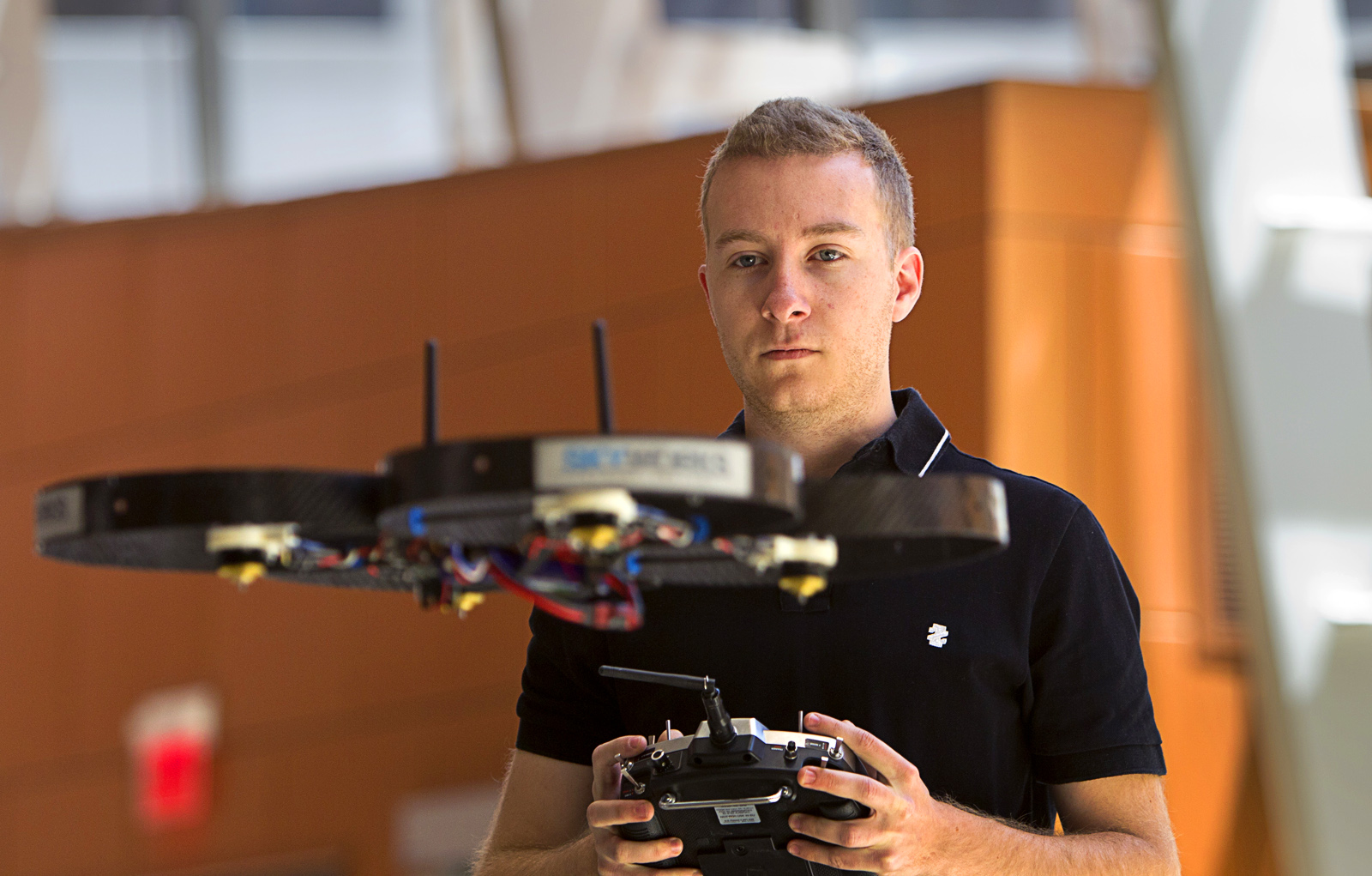
Steve Marcus
The future
Drones are being used or developed for:
Filmmaking: A filmmaker has been using a drone mounted with a camera to shoot footage for a documentary about Bishop Gorman’s varsity football team. If you took a walk through the team’s warm-up session before its appearance in last season’s semi-final playoff game, you would have seen the drone floating above the players, recording their moves.
Storm watching: NASA scientists fly drones near tornados and hurricanes to monitor and track their movement and strength.
Disaster response: When natural disasters such as forest fires strike, it could be safer and more efficient for drones to dump water and fire suppression foam on a blaze rather than to send firefighters dragging hoses.
Policing: While privacy advocates worry unmanned aerial systems could spawn a surveillance state, supporters say drones make patrolling easier. Police nationwide are using drones increasingly for surveillance, search and rescue missions, tracking fleeing criminals and locating bombs.
Search and rescue: Sophisticated technology such as heat-sensing equipment can be attached to drones to help search and rescue teams scour large areas by air.
Remote delivery: Companies such as Amazon, UPS and FedEx are considering using drones to deliver packages straight to your front door. Domino’s built a prototype of a pizza-delivering drone.
Killer drones?
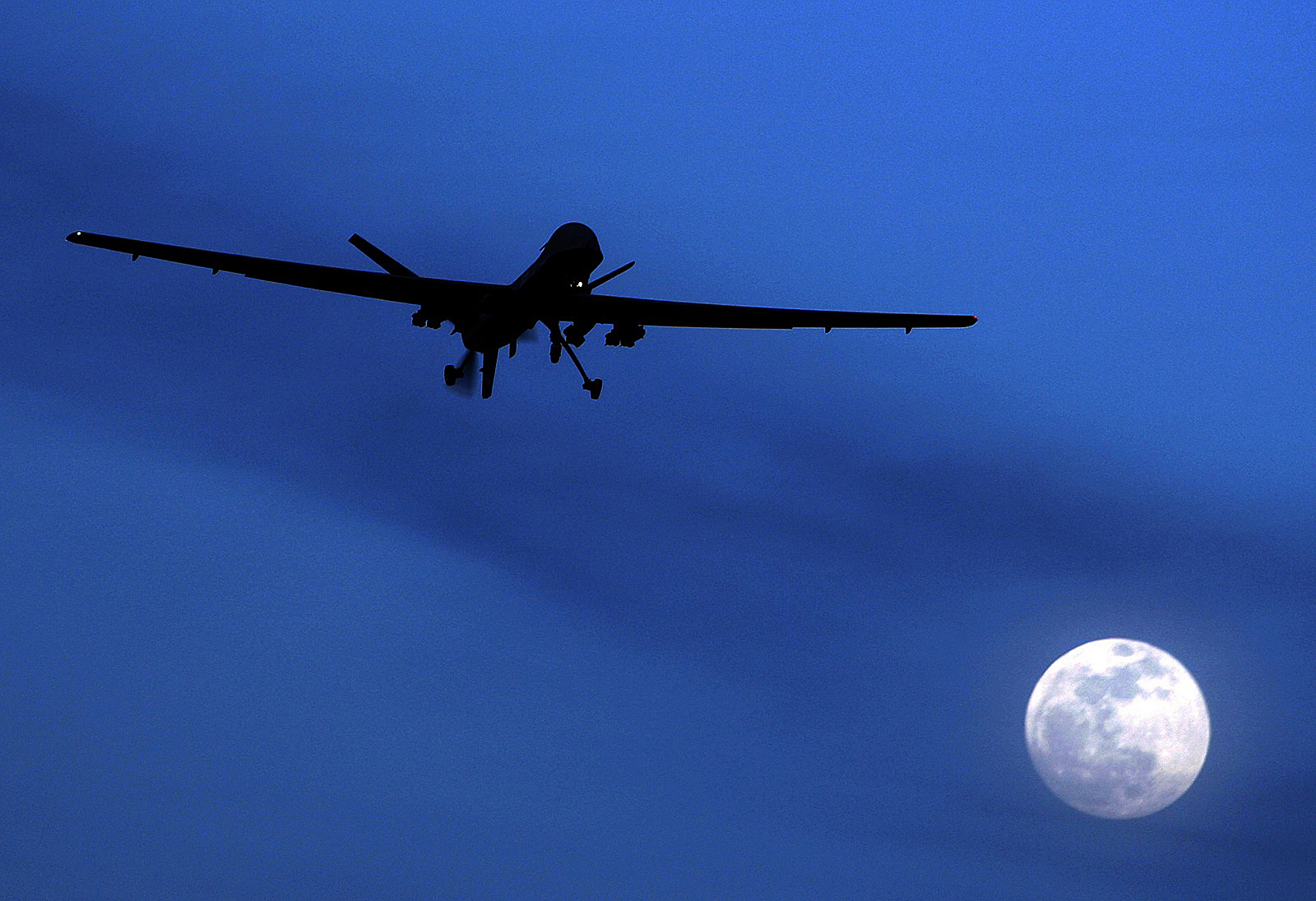
Kirsty Wigglesworth/AP Photo
Used since the early 2000s in military operations, the United States has deployed drones to destroy militant targets in the Middle East. But it’s illegal for anyone to attach a weapon to a drone on American soil, even police.
Privacy concerns
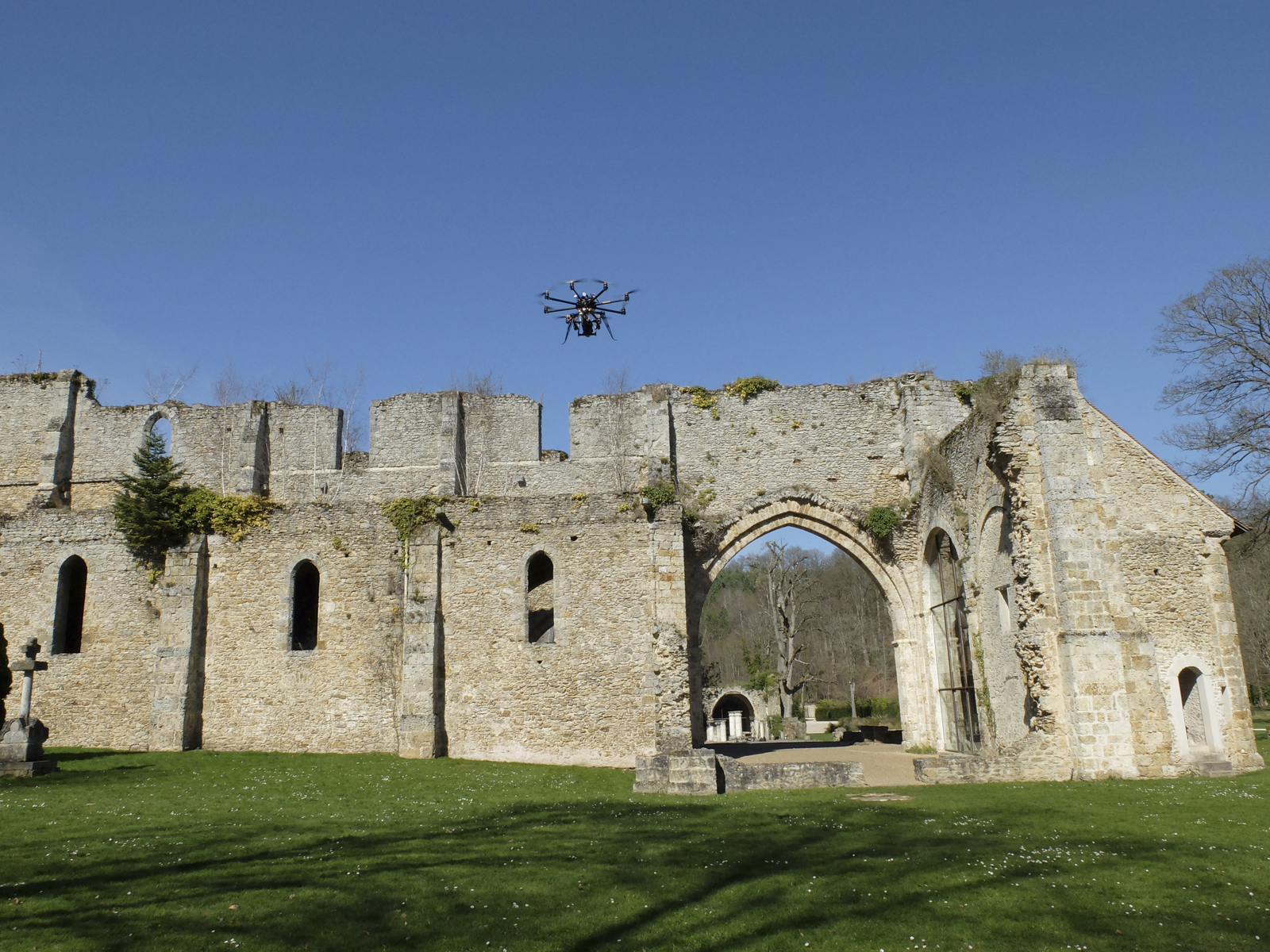
Bertrand Combaldieu/AP Photo
Quick facts
• A camera-equipped drone costs $39.99 at Fry’s Electronics.• The FAA is responsible for the safety of U.S. airspace from the ground up.
• Anyone who wants to fly an aircraft in U.S. airspace needs FAA approval, but flying model aircraft as a hobby does not require FAA approval.
• Police enforcing unauthorized drone operations usually provide a verbal warning to start, then a warning letter, then an order to stop.
• The FAA estimates as many as 7,500 small commercial drones, operated by companies such as Amazon, may be in use by 2018, assuming the necessary regulations are in place.
• Forecast International expects about 1,000 unmanned air vehicles to be manufactured this year.
Many people view drones as all-seeing eyes in the sky, secretly watching and recording private moments. And that’s true to a certain extent — privacy laws lag woefully behind the technology. But there are limits to what’s allowed.
Homeowners own the airspace within their property lines and up to the height of their roof. Beyond that, airspace is public, governed by the FAA.
In both public and private airspace, drone operators are free to fly and snap photos and video as they please. But the pictures and video can be used only for personal use. In other words, a homeowner can use a drone to take photos of his home to hang on his wall, but he’s prohibited from selling those photos for a profit. The same goes for taking photos of his neighborhood. The law goes so far as to extend to websites such as Craigslist. Drone photos, even of your own property, cannot be used to list a home for sale.
If drones are used for criminal activity, such as peeping or stalking, victims can report the incident to police to open an investigation. Drone experts say it’s certainly possible to stalk someone with a drone. While there’s still a human element — the person controlling the drone — the lack of face-to-face interaction can make criminals feel more safe in the act.
Drone advocates are pushing the FAA to pen new privacy policies, but they’re not optimistic that will happen soon. As it stands, there are too few privacy cases circulating through the courts for adequate legal precedent.
Terminology
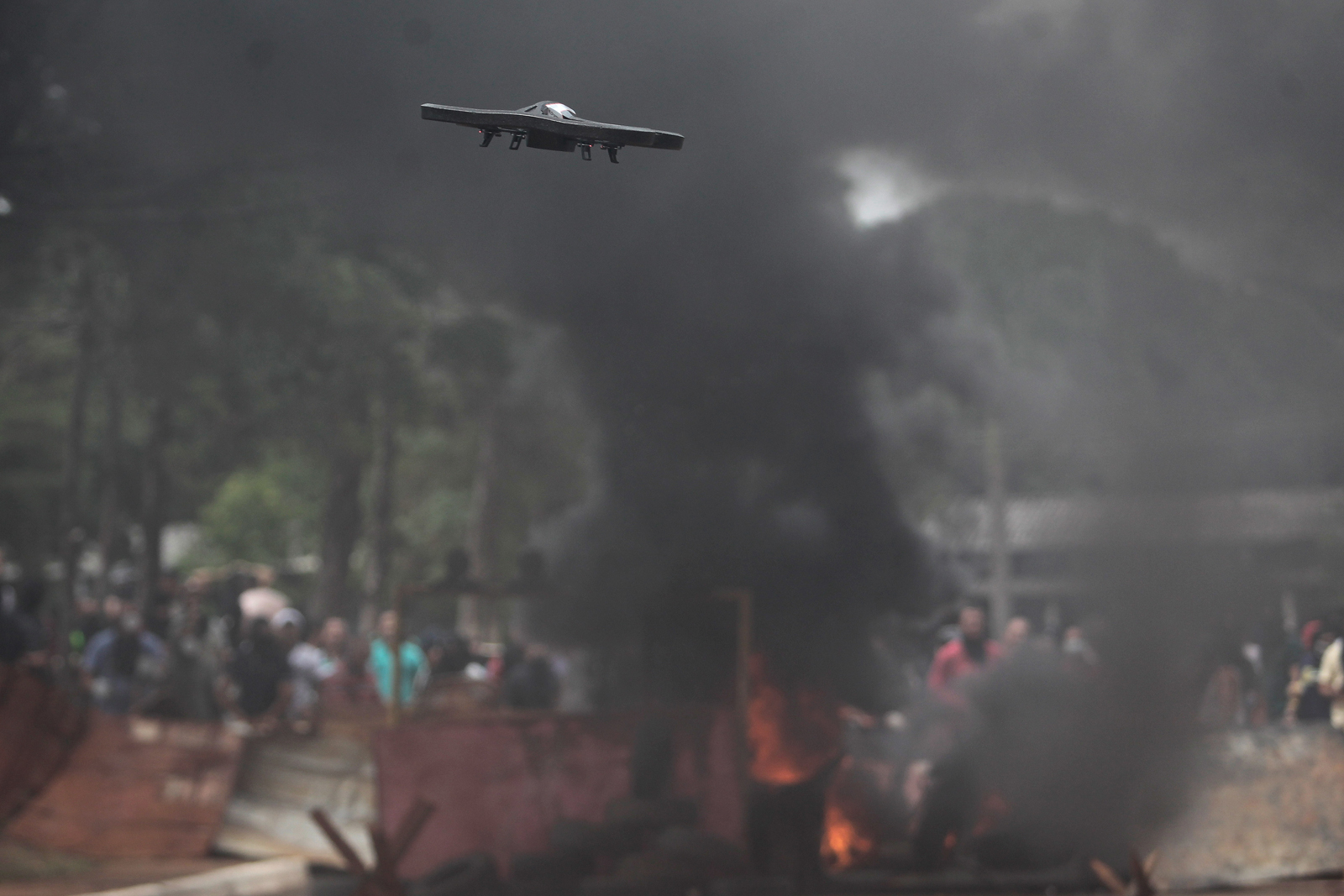
Eraldo Peres/AP Photo
Every hobby has its own terminology. Here are terms you should know if you want to fly a drone.
Certificate of waiver/certificate of authorization: Federal Aviation Administration approval for a special flight operation.
Permanent areas: Any area within FAA-regulated boundaries where you can fly a drone.
Public unmanned aircraft system: A drone that meets the qualifications and conditions required for operation of a public aircraft.
Sense and avoid capability: The ability of a drone to remain a safe distance from, and avoid collisions with, other aircraft.
Test range: A geographic area where drone research and development are conducted.
Unmanned aircraft: An aircraft that’s operated without direct human intervention in or on the aircraft.
Unmanned aircraft system: An unmanned aircraft and the associated elements, including communication links and control components, required for a pilot to operate safely and efficiently in national airspace.

Join the Discussion:
Check this out for a full explanation of our conversion to the LiveFyre commenting system and instructions on how to sign up for an account.
Full comments policy